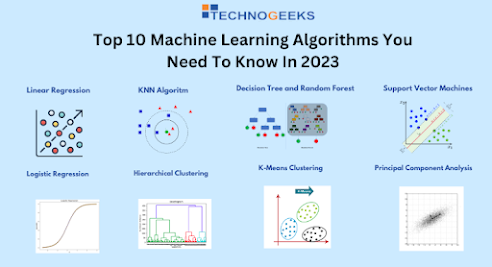AWS VPC Stands for Virtual Private Cloud. It is a virtual network service provided by AWS that enables users to launch their resources in a logically isolated section of the AWS cloud. It allows you to create a private network within the AWS cloud, which gives you complete control over the virtual networking environment, including the IP address range, subnets, route tables, and network gateways.
Subnet
Route Table
Elastic IP
Elastic Network Interface(ENI)
Internet Gateway
Customer Gateway
VPN Connection
Virtual Private Gateway
VPC Peering
VPC Endpoints
NAT Gateway
Let’s understand one by one in detail the Components Of VPC In AWS -
Subnet
A subnet is a range of IP addresses in the VPC.
The Subnet Is the Core Component Of VPC
Route Table
The Route Table will decide where the network traffic will be directed
Elastic IP
An Elastic IP address is a static, public IPv4 address designed for dynamic cloud computing.
You can associate an Elastic IP address with any instance or network interface in any VPC in your account.
Elastic Network Interface(ENI)
It is a logical networking component in a VPC.
ENIs are virtual network cards you can attach to your EC2 instances.
Internet Gateway
An Internet gateway is a VPC component that allows communication between instances in your VPC and the Internet.
Customer Gateway
A customer gateway is a resource that is installed on the customer side and is often linked to the provider side.
It provides a customer gateway inside a VPC.
VPN Connection
A VPN (or Virtual Private Network) establishes a secure connection between multiple networks i.e. on-premise network, client space, AWS Cloud, & all the network acts
VPN Provides a high-available, elastic, and managed solution to protect your network traffic.
Virtual Private Gateway
A virtual private gateway is a logical, fully redundant, distributed edge routing function that sits at the edge of your VPC
VPC Peering
VPC peering establishes a connection between two VPCs.
VPC Endpoints
It allows you to create a connection between your VPC and supported AWS services.
The VPC Endpoints are powered by PrivateLink.
EndPoints will not require Internet GateWay, Virtual Private Gateway, or NAT Components.
NAT Gateway
NAT Gateway is a highly available AWS-managed service that makes it easy to connect to the Internet from instances within a private subnet in a VPC.
How VPC Works In AWS?
When users create a VPC, they define an IP address range for the VPC, which is divided into subnets.
Each subnet is associated with an availability zone (AZ) in the region where the VPC is created. This ensures that resources launched in different subnets are placed in different AZs, providing fault tolerance and high availability.
Users can launch EC2 instances, RDS instances, and other resources within each subnet. These resources are assigned private IP addresses from the IP address range of the VPC.
Users can also create network access control lists (ACLs) and security groups to control inbound and outbound traffic to the resources in the VPC. This allows users to restrict access to their resources to authorized users and applications.
Users can also create VPN connections to connect their on-premises network to the VPC, allowing them to extend their private network to the cloud.
Additionally, users can create network gateways such as an Internet Gateway or Virtual Private Gateway to provide connectivity between the VPC and the internet or other VPCs.
VPC is important in AWS as it enables secure and isolated environments for launching resources with customizable network topology and security measures, enhancing security and connectivity.
Interesting To Know More About VPC Click Here For More Details.







